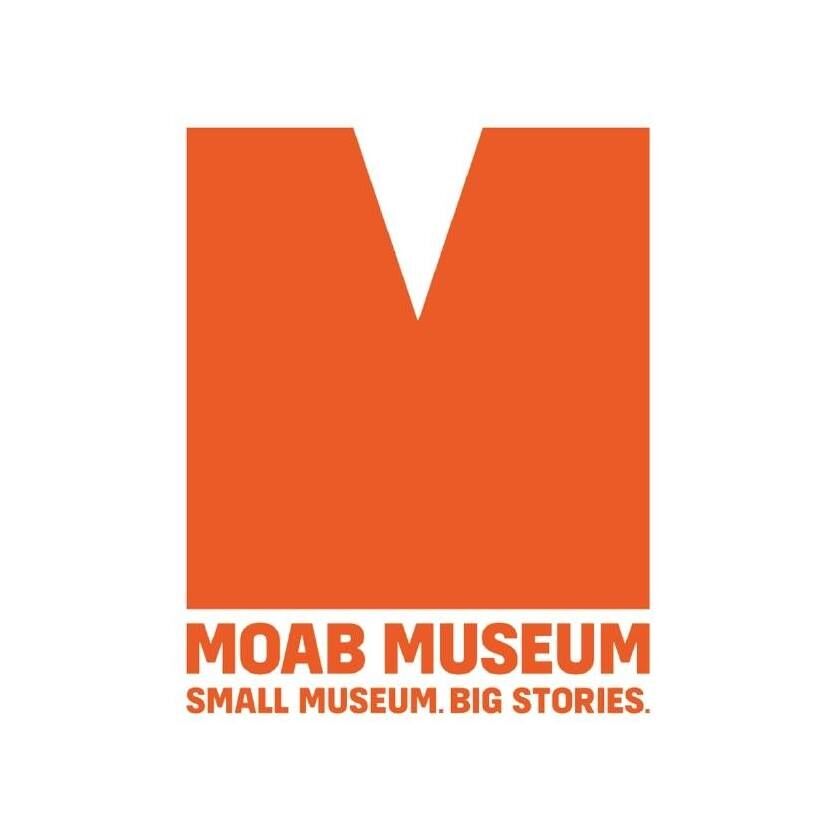The Moab Museum has been collecting and preserving local oral histories for years and, recently, there’s been a larger push to preserve those histories and make them more accessible online, said Mary Langworthy, community relations coordinator at the museum.
The museum’s collection of oral histories includes stories with topics like early cowboy life, early Moab, the uranium boom, and oil and gas drilling; it also has stories from Moab individuals born as early as 1908.
But now the museum wants to collect new Moab stories for future generations to learn from and is offering training to digitally record oral histories.
“It’s the medium that lends itself to everyone participating,” said Langworthy, “and any oral history collection is much richer when it’s done by people interviewing their friends and family—that’s the best practice, and where the juiciest stories come from.”
Last Thursday, June 23, the Moab Museum held its first “Recording Stories” workshop, made possible by a grant from the Utah Humanities Council. The workshops are part of the museum’s community history program, which has a goal of helping community members “connect with, preserve, record, and interpret Moab’s stories both within and beyond the walls of the museum,” Langworthy said.
“Stories are some of the richest, most valuable resources in any community,” said Langworthy. “Moab has changed significantly over the past decades, and capturing oral histories helps preserve the past of a community in flux.”
“Many longtime residents can feel disoriented by the pace of change in the Moab community, and recording stories is one way to honor the past and preserve memories,” she observed.
A few years ago, the museum purchased two “listening stations,” or mobile recording stations, for use by the community. The kits include an iPad, microphone, adjustable stand, mobile lighting, and backdrop. At the Recording Stories workshop, participants learned how to use the equipment, and got to ask museum staff questions about oral histories.
The listening stations are available to all community members, both for private and museum collection use.
“If you want to borrow one and record a story of your grandfather telling your favorite bedtime story, and you want that to just stay in your family, that’s great—you can use it for that,” Langworthy said. “Or if you want to collect an oral history from someone that you’d like to be a part of the museum’s collection, we have long been a repository for those.”
There will be two more Recording Stories workshops this year, on September 29 and October 27.
The Community History Program also includes a series of “Caring for Keepsakes” workshops, led by the museum’s Curatorial and Collections Manager, Tara Beresh. Those workshops lead participants through how to care for historical objects, such as photos and heirlooms, by using acid-free archival boxes and plastic sleeves, and allow participants to ask questions of Beresh.
“We want to be able to serve people who care about history beyond just stuff at the museum,” Langworthy said.
There will be two other Caring for Keepsakes workshops this year as well, on September 26 and October 24.
There’s more planned for the rest of the Community History Program, too. Upcoming events include live object preservation demonstrations—on June 9, the museum invited conservator Kimberleigh Collins-Peynaud to perform a stabilizing treatment on two ancestral vessels. There will also be pop-up exhibits at the Grand Center and a “scan-a-thon,” where locals can use the museum’s scanning equipment to scan and digitize old photos. In 2023, an exhibit will display the stories gathered during the program.
The events will be announced on the museum’s Facebook and Instagram pages, they’re also available at www.moabmuseum.org/community-history-program. Anyone interested in signing up for workshops can do so on the museum’s website.




